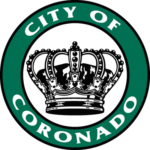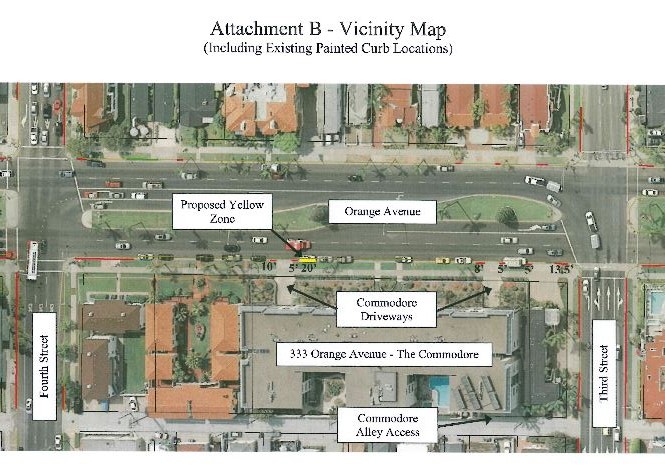 No sooner had Mayor Richard Bailey gaveled at the January 17 City Council meeting, than it was over. From invocation to adjournment took all of 50 minutes. The feat was accomplished by moving all the action items to the consent calendar, where they could be voted on as one item without discussion. It was Bailey’s first meeting as mayor and the first meeting ever for Councilmen Whitney Benzian and Mike Donovan.
No sooner had Mayor Richard Bailey gaveled at the January 17 City Council meeting, than it was over. From invocation to adjournment took all of 50 minutes. The feat was accomplished by moving all the action items to the consent calendar, where they could be voted on as one item without discussion. It was Bailey’s first meeting as mayor and the first meeting ever for Councilmen Whitney Benzian and Mike Donovan.
While he couldn’t promise all future council meetings would be dispatched with as little contention as this one, Bailey suggested that Tuesday’s meeting was indicative of the newly constituted council.
“Last night’s meeting demonstrated this council is willing to take decisive action and move forward in an expeditious manner on items we feel confident are in the best interest of the public,” he wrote in an e-mail after the meeting.
No one on the council objected when Councilman Bill Sandke suggested that five action items be approved without discussion: a 20 year plan to remove 900 pepper trees in the village, expediting the construction of a city-owned wastewater treatment facility at the Municipal Golf Course and the installation of adaptive traffic signals in front of the Naval Amphibious Base, legislature policy guidelines, hiring a lobbyist to represent the city’s interest in Sacramento, and a letter from Mayor Richard Bailey supporting San Diego’s request for a secondary water treatment permit (wastewater from Coronado is also treated at the Point Loma facility).
The council was able move through theses items quickly Bailey added, because “the city staff did a great job producing comprehensive reports that left no questions unanswered.”
Because a few residents objected, two parking issues were pulled from the original consent calendar for discussion: a 20 foot loading zone in front of the Commodore at 333 Orange Avenue, and red curb no parking zones in the Cays.
A lack of street parking was the reason some objected to the loading zone on Orange.

“There are 48 units and most residents own two cars. Very few have two parking spaces and must park on the street,” Patrica Jones wrote. Another neighbor, Ginger Paad, agreed that street parking for residents trumped loading needs. She suggested that deliveries could be made at the back of the complex and that cabs or Ubers could pull into the parking garage.
Others said safety, not parking was the issue.
“It is a busy and heavily impacted area,” Margaret Wright told the council. She noted that many residents at the Commodore are seniors and require cabs to get around.
Another eight residents who wrote the council supported the loading zone. The council also received a petition for the loading zone signed by 32 residents. The council voted 5-0 to install the loading zone.
The red zones at the Cays also had broad support. It was the Coronado Cays Homeowners Association who made the request. All were unmarked crosswalks, where parking is prohibited.
Red zones were required because “each has a high radius and people may not be aware of the crosswalk,” City Engineer Ed Walton explained. People are known to park in crosswalks when street parking is at a premium, for example, during soccer matches.
The four red zones will be at: Half Penny Lane and Coronado Cays Blvd., Trinidad Bend and Half Penny Lane, Port of Spain Road and Coronado Cays Blvd., Antiqua Court at North Grand Caribe Causeway.




